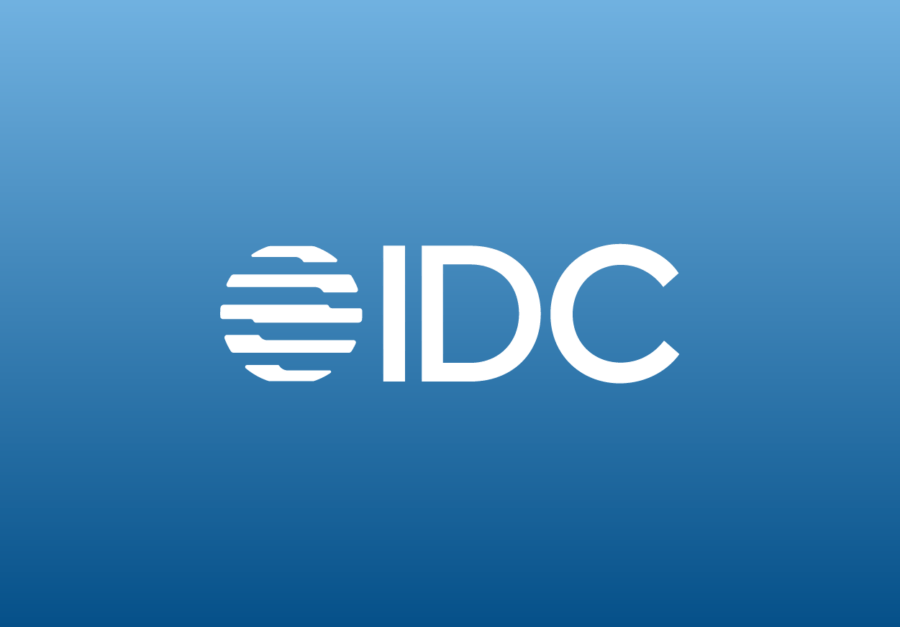Fact Sheet
Kyriba’s Support for a Smooth and Effective LIBOR Transition

Introduction and Background
Organizations currently using LIBOR as a benchmark for financial contracts and pricing have until December 31, 2021 to complete their transition to new risk free indices.
Since 2018, Kyriba has collaborated with official working groups, industry bodies, leading accountancy firms and other market participants in every affected region. This has kept our product teams closely aligned to the latest LIBOR transition developments and market practices allowing us to provide the requisite updates to functionality and reporting.
This document offers a review of the latest market developments, the emerging rate alternatives that are emerging and how Kyriba is supporting our clients in their transition to Risk Free Rates (RFR), including proven calculation methodologies and automatic platform updates for all new enhancements.
LIBOR Alternatives Continue to Evolve
Kyriba’s risk management task force continues to monitor ongoing news and guidance as LIBOR support will end on December 31, 2021.
In the United States, SOFR has been recommended to replace USD LIBOR, although some exceptions for complex, legacy contracts may exist until 2023. The European Central Bank (ECB) has joined other regions in publishing official 1m, 3m, 6m, 12m compounded rates to support stakeholders in transitioning their lending, hedging, and intercompany transactions to SONIA (UK), ESTER (EU), CORRA (Canada), SARON (Switzerland) and other countryspecific LIBOR replacements.
A number of market data providers, such as Bloomberg and Refinitiv, have also begun providing fallback rates that can be used in loan calculations. While there is limited market data available for non-vanilla trades, market data for cross-currency swaps, caps, floors and swaptions will soon be available.
Additional Impact for Treasury Teams
Besides the obvious challenges in transitioning LIBOR contracts to new indices, additional considerations for treasury and finance teams include:
In-arrears interest payments: instead of calculating interest payment in advance, in-arrears calculations will be required with calculation ‘lags’ of five or more days to ensure calculation accuracy.
Transfer pricing: effects can be for both internal and external contracts and may be present in other programs.
LIBOR contracts existing outside the treasury portfolio: many organizations have contracts in other parts of finance — e.g. customer and procurement agreements that may have LIBOR terms embedded within them.
Other geographies: each country or region may feature a different risk free rate replacement for their existing rate. Further, cross-border transactions or agreements in countries with close trading ties (e.g. Canada and the US) should be carefully reviewed.
Kyriba’s Solution for LIBOR Transition
To streamline LIBOR transitions, Kyriba supports:
- Overnight fixing, forward curve, and fallback rates for new risk free indices
- Automatic calculation of in-arrears “backward-looking” compounded rates
- Modeling methods to lag compounded rates
- Additional calculation logs to allow customers to transparently see and understand how compounded rates have been calculated. Compounded rate cash flow forecasting
- Mid-period amortization and margin step-ups
- “In-advance” periods based on “in-arrears” rates
- Updated valuation process to mark-to-market trades using the new indices
- Modeling daily compounding under the noncumulative methodology
- Capping and flooring of the overnight rate









